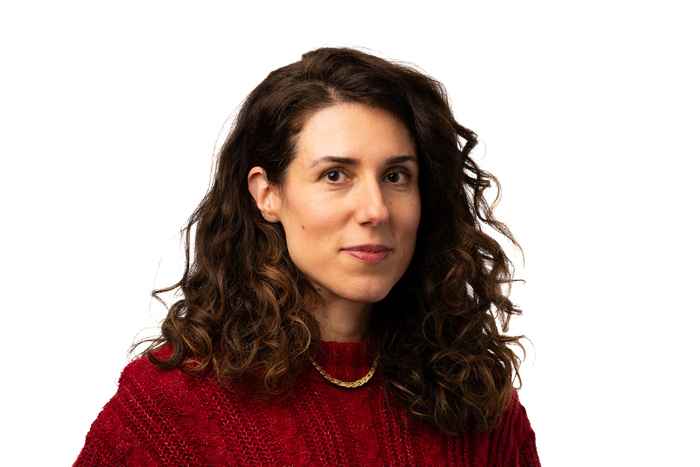DSC Member Spotlight: Chiara Piccoli
10 December 2024

Can you tell us more about your role and how do you apply data science to your projects?
I am a Research Associate and Data Scientist at the 4D Research Lab. My work involves applying computational methods for spatial analysis and geo-mapping, 3D modelling, and virtual reconstructions to investigate the historical relationships between people, their built environments, and material culture. One of my key interests lies in (semi-) automatic and rule-based 3D modelling techniques. With an NWO XS grant I recently received, I will investigate how AI can contribute to the virtual reconstruction of historical urban areas.
Is there a project from this past year that you are most proud of?
The historical reconstruction of the University Quarter, which we completed at the 4D Research Lab, stands out. We delved into historical sources on this area and created 3D reconstructions of a selection of buildings, showcasing their transformations over time. This project was a tremendous collaborative effort, and I learned a great deal about the rich history of this area while working on it. It is gratifying to see our results now available for everyone online at the Amsterdam Humanities Hub.
What do you like most about being a DSC member?
I particularly value the DSC community and the interdisciplinary connections it fosters. Hearing about everyone’s work at seminars and meetings is both inspiring and helpful – it’s great to know who to reach out to if I need to discuss methods or research ideas.
What is your favourite data science method?
I don’t have a single favourite data science method; it very much depends on the task at hand. I’m particularly interested in the developments in computer vision algorithms, such as Neural Radiance Fields (NeRF) for 3D reconstruction and Gaussian Splatting algorithms, which enable real-time rendering of photorealistic scenes from a limited set of input images.
Are you camp Python/R/or something else?
Most of the software packages that I use rely on Python to automate tasks and expand their functionalities. For some projects, I use the Computer Generated Architecture (CGA) programming language to automatically generate 3D architectural geometry. CGA is particularly useful and efficient for creating urban scenes with slight variations in similar typologies.